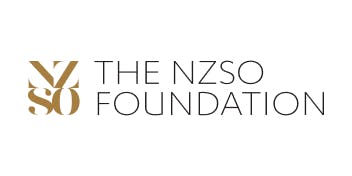Strauss: Tod und Verklärung
Conductor Gemma New leads the orchestra for Richard Strauss' Tod und Verklärung (Death and Transfiguration)
Duration
25 minutes 20 seconds
Performance date
18 November 2022
Tags
Featured Artists
Strauss Tod und Verklärung, Op. 24
Gemma New Conductor
On his deathbed, Richard Strauss famously said, “Dying is just the way I composed it in Death and Transfiguration.” He wrote this piece when he was only 25 years old. Although he had already gained fame with his work Don Juan, Strauss was still early in his career. At that time, he held a modest position as a vocal coach and pianist for the 1888 Bayreuth Festival's production of Tristan and Isolde.
This role may have been a smart choice for him, as he was greatly influenced by Wagner’s music, which he studied secretly despite his father's conservative beliefs. This experience, along with inspiration from the Romantic poet Alexander von Ritter, changed Strauss’s artistic perspective, allowing him to explore deep themes like death.
Death and Transfiguration begins with a heartbeat-like rhythm in the strings, representing a dying artist. Beautiful solos from woodwinds and violins suggest “friendly dreams,” but soon the artist is overwhelmed by pain. A new theme from the brass instruments hints at the ‘transfiguration’ to come, as he remembers his childhood and youthful passions, only to be consumed by suffering.
Ultimately, as described by Ritter, the artist finds redemption and transformation, symbolized by a gentle orchestral theme that rises into the sky. This may mirror Strauss's own experience as he faced death, solidifying his legacy as an artistic legend.



